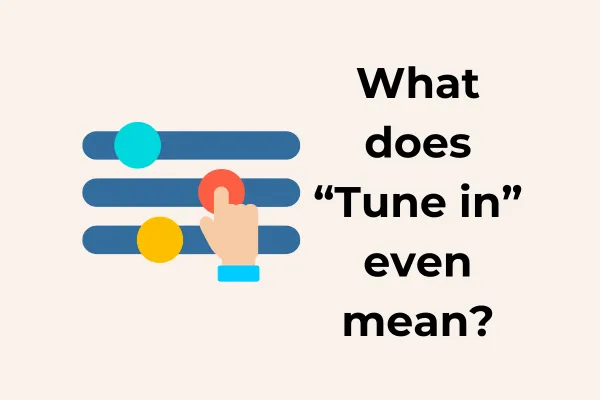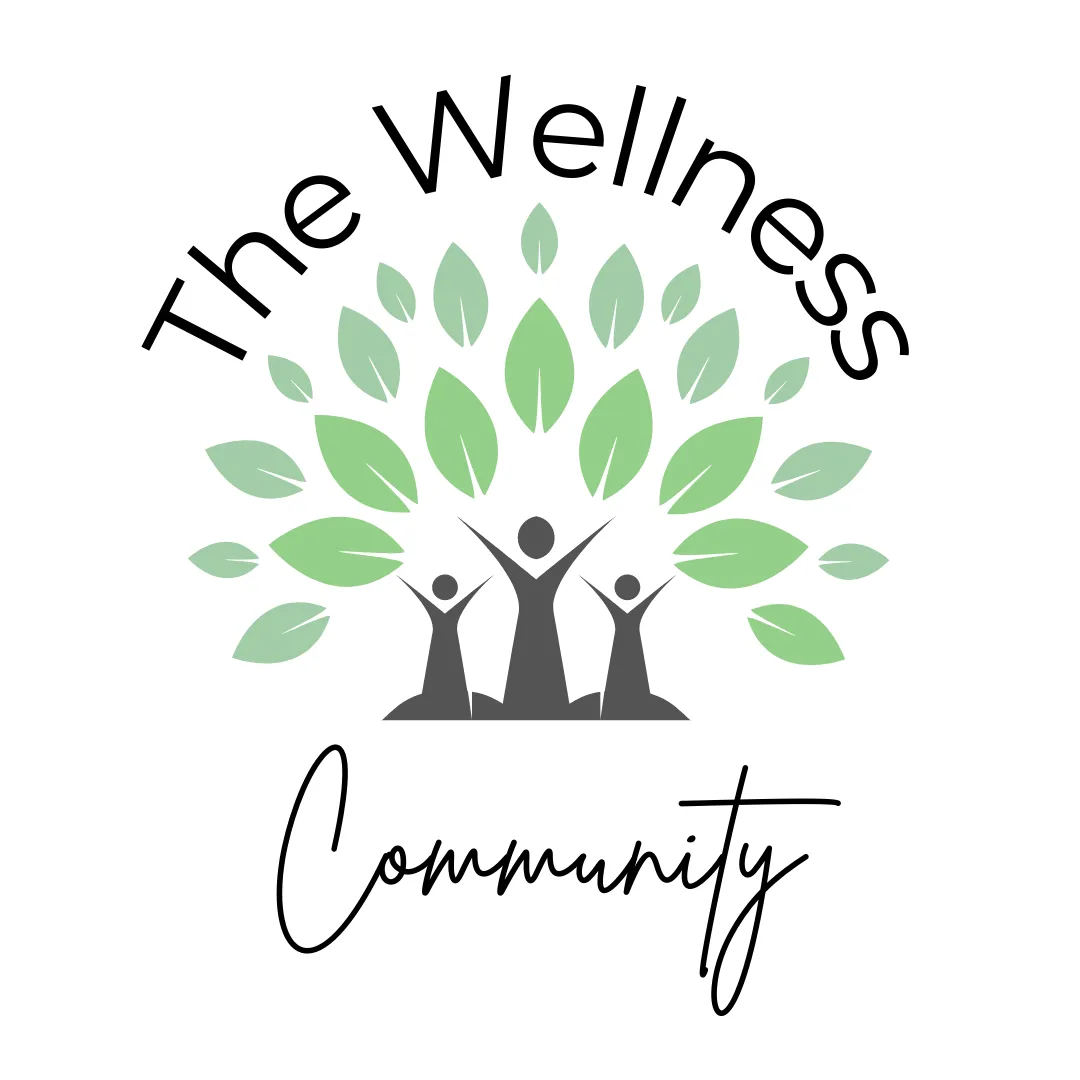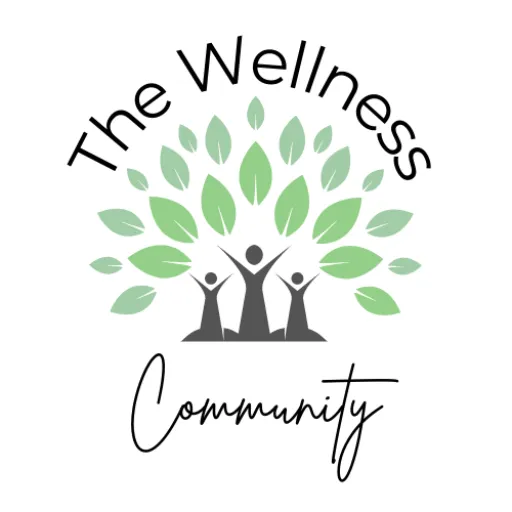
What It Means to “Tune In” to Your Body
What It Means to “Tune In” to Your Body
You’ve probably heard the phrase “listen to your body”—but what does that actually mean? And how do you do it when your mind is full, your schedule is packed, and your symptoms feel louder than your intuition?
Here’s the truth:
Your body is always communicating with you—you just may have forgotten how to hear it.
Tuning in isn’t about doing it perfectly. It’s about creating moments of stillness, awareness, and curiosity… and letting those moments lead the way.
🌀 Tuning In vs. Fixing
Most of us are used to approaching our bodies with one of two mindsets:
“How do I fix this?”
“What’s wrong with me?”
But tuning in asks something entirely different:
“What is my body trying to tell me right now?”
It’s less about control and more about connection.
Less about quick fixes and more about building trust.
🌿 What “Tuning In” Looks Like in Real Life
Tuning in might look like:
Realizing you're pushing through hunger, fatigue, or discomfort—and choosing to pause
Noticing a pattern in your energy, mood, or digestion and asking why
Getting curious about recurring tension or symptoms instead of ignoring or suppressing them
Allowing space for emotions, even if they don’t “make sense”
Choosing rest, hydration, or stillness—even when your to-do list says otherwise
Tuning in is a skill. It’s a practice.
And it gets stronger the more you use it.
✨ How Frequency Work Helps You Tune In
One of the things I love most about frequency tools like AO Scan is that they reflect what’s already happening beneath the surface.
The scans don’t diagnose or tell you what to do—they mirror back patterns that your body is already aware of, helping you make sense of your symptoms, emotions, or energetic shifts.
When you see something show up on a scan, it often sparks a lightbulb moment like:
“Oh… that does make sense. I’ve been holding that tension for a while.”
That’s the beginning of tuning in.
That’s when the body starts to feel heard.
Ready to Practice Tuning In?
Here’s how to start, gently:
Pause before reacting to symptoms. Ask what your body is trying to say.
Notice daily patterns. Track your energy, mood, digestion, or triggers for a few days.
Get support that reflects, not overwhelms. That’s where strategy sessions and scans come in.
Are you ready to tune in—and trust that your body already knows the way.



